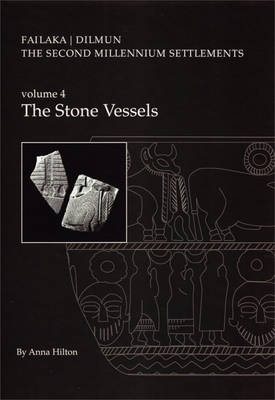
- Afhalen na 1 uur in een winkel met voorraad
- Gratis thuislevering in België vanaf € 30
- Ruim aanbod met 7 miljoen producten
- Afhalen na 1 uur in een winkel met voorraad
- Gratis thuislevering in België vanaf € 30
- Ruim aanbod met 7 miljoen producten
Zoeken
Omschrijving
Excavations carried out by the Danish Moesgaard Museum on the island of Failaka in Kuwait in 1958-1963 produced a large collection of stone vessel fragments which have ever since puzzled scholars. The settlements excavated on Failaka, Tell F3 and Tell F6, belong to the 2nd millennium BC, but stone vessels of Serie Ancienne and Umm an-Nar styles of the 3rd millennium BC are well represented in the Failaka collection. Besides vessels of Wadi Suq and Late Bronze Age styles there is a significant group of figurative decorated stone vessels in a style completely unknown from anywhere else in the region, which may throw light on the mid 2nd millennium Dark Age in South Mesopotamia. The Failaka stone vessel collection is presented in all its details, and the significance of the many different vessel styles is discussed in the context of recent developments in our understanding of Arabian Gulf archaeology.
Specificaties
Betrokkenen
- Auteur(s):
- Uitgeverij:
Inhoud
- Aantal bladzijden:
- 196
- Taal:
- Engels
- Reeks:
- Reeksnummer:
- nr. 17
Eigenschappen
- Productcode (EAN):
- 9788788415803
- Verschijningsdatum:
- 31/03/2014
- Uitvoering:
- Hardcover
- Formaat:
- Genaaid
- Afmetingen:
- 213 mm x 300 mm
- Gewicht:
- 1179 g

Alleen bij Standaard Boekhandel
+ 135 punten op je klantenkaart van Standaard Boekhandel
Beoordelingen
We publiceren alleen reviews die voldoen aan de voorwaarden voor reviews. Bekijk onze voorwaarden voor reviews.











